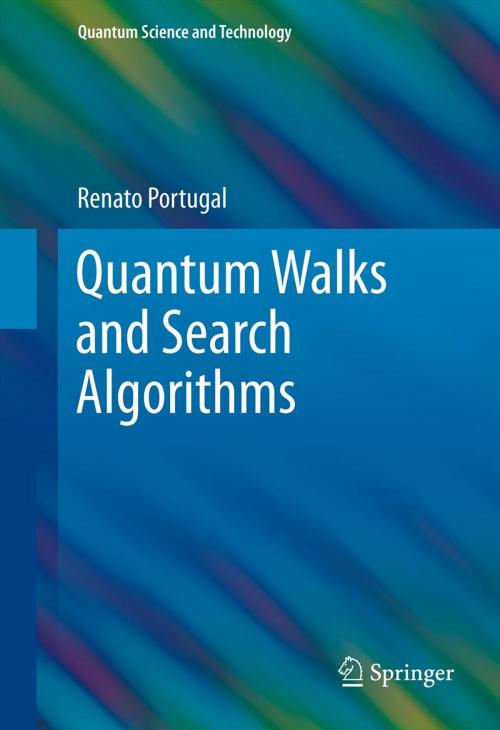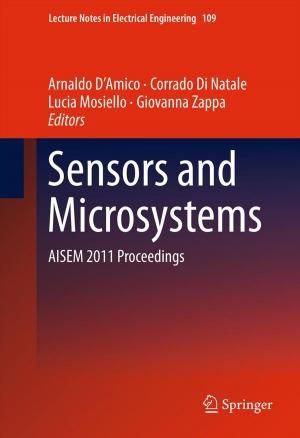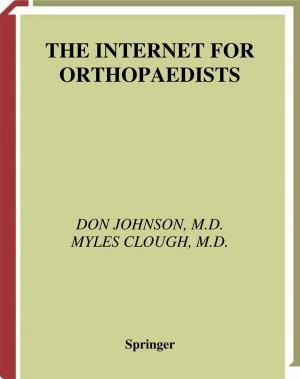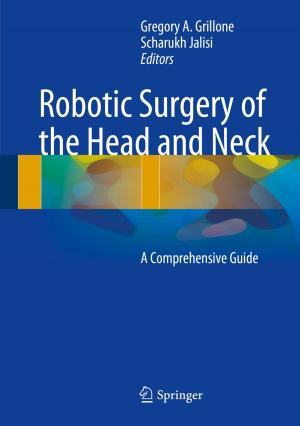Quantum Walks and Search Algorithms
Nonfiction, Science & Nature, Science, Physics, Quantum Theory, Computers, Advanced Computing, Computer Science| Author: | Renato Portugal | ISBN: | 9781461463368 |
| Publisher: | Springer New York | Publication: | February 16, 2013 |
| Imprint: | Springer | Language: | English |
| Author: | Renato Portugal |
| ISBN: | 9781461463368 |
| Publisher: | Springer New York |
| Publication: | February 16, 2013 |
| Imprint: | Springer |
| Language: | English |
This book addresses an interesting area of quantum computation called quantum walks, which play an important role in building quantum algorithms, in particular search algorithms. Quantum walks are the quantum analogue of classical random walks.
It is known that quantum computers have great power for searching unsorted databases. This power extends to many kinds of searches, particularly to the problem of finding a specific location in a spatial layout, which can be modeled by a graph. The goal is to find a specific node knowing that the particle uses the edges to jump from one node to the next.
This book is self-contained with main topics that include:
- Grover's algorithm, describing its geometrical interpretation and evolution by means of the spectral decomposition of the evolution operator
- Analytical solutions of quantum walks on important graphs like line, cycles, two-dimensional lattices, and hypercubes using Fourier transforms
- Quantum walks on generic graphs, describing methods to calculate the limiting distribution and mixing time
- Spatial search algorithms, with emphasis on the abstract search algorithm (the two-dimensional lattice is used as an example)
- Szedgedy's quantum-walk model and a natural definition of quantum hitting time (the complete graph is used as an example)
The reader will benefit from the pedagogical aspects of the book, learning faster and with more ease than would be possible from the primary research literature. Exercises and references further deepen the reader's understanding, and guidelines for the use of computer programs to simulate the evolution of quantum walks are also provided.
This book addresses an interesting area of quantum computation called quantum walks, which play an important role in building quantum algorithms, in particular search algorithms. Quantum walks are the quantum analogue of classical random walks.
It is known that quantum computers have great power for searching unsorted databases. This power extends to many kinds of searches, particularly to the problem of finding a specific location in a spatial layout, which can be modeled by a graph. The goal is to find a specific node knowing that the particle uses the edges to jump from one node to the next.
This book is self-contained with main topics that include:
- Grover's algorithm, describing its geometrical interpretation and evolution by means of the spectral decomposition of the evolution operator
- Analytical solutions of quantum walks on important graphs like line, cycles, two-dimensional lattices, and hypercubes using Fourier transforms
- Quantum walks on generic graphs, describing methods to calculate the limiting distribution and mixing time
- Spatial search algorithms, with emphasis on the abstract search algorithm (the two-dimensional lattice is used as an example)
- Szedgedy's quantum-walk model and a natural definition of quantum hitting time (the complete graph is used as an example)
The reader will benefit from the pedagogical aspects of the book, learning faster and with more ease than would be possible from the primary research literature. Exercises and references further deepen the reader's understanding, and guidelines for the use of computer programs to simulate the evolution of quantum walks are also provided.















